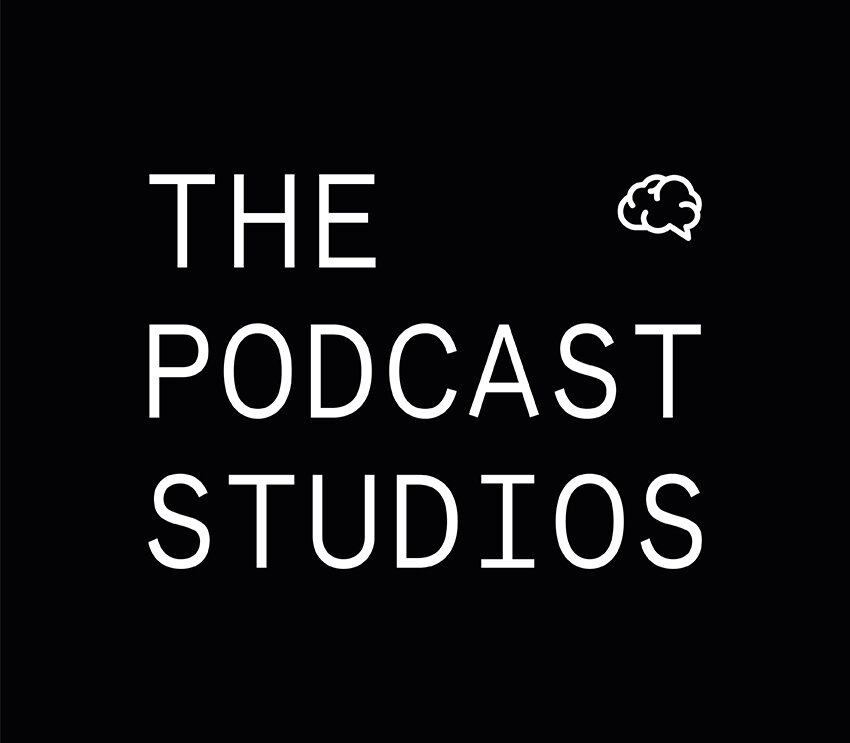Business Podcast Guide: Interview Tips
A podcast is fast becoming an essential business tool. However, the nature of podcasts is one where casual conversation and long-form interviews are expected. Long meandering conversations between Marc Marron and a notable Hollywood star might be popular but a rambling conversation may not be given the right perception of a commercial brand. So how do business’s walk the narrow line of the interview podcast and keep it professional?
A podcast interview is similar to a job interview in that preparation is key. They should be casual yet performative and conversational but structured.
So, here are some tips on how to make a great interview.
Research
The subject should be thoroughly researched. A biog should be written and an at-a-glance timeline of their career or project should be constructed.
The best interviews leave their mark. If you can break the cycle of stock questions and answers, you will cut through to the person pretty quickly. The interview will sound more organic and far more interesting.
It is ok for the interviewer to appear to not know the answer to the question they are asking. In fact, in a good interview, this is necessary. It is important that the interviewer understands the significance of the points of research, but understanding the actual material is not always necessary. It is fine to ask the person being interviewed for an explanation.
Sample questions should be written. Ideally, the interviewer should be involved in this. The purpose of the sample questions is to get the interviewer to think of an arc for the interview. A common pitfall in interviewing is to offer the person being interviewed a statement instead of a question.
“So you spent 20 years as a Systems Analyst in Microsoft and then you moved on to a Senior Management role in Dell”
Sometimes inexperienced interviewers happens dangle statements hoping the interviewee will bite and start talking. It is important that the questions are indeed that; questions! It is quite reasonable for a nervous interviewee to answer “yes” and then stop. This shuts down the conversation and it leads to an awkward moment in the interview and the momentum is lost.
Also, the questions should be easily identifiable. There is nothing wrong with short snappy questions. It shows interest.
How do you mean?
What happened next?
Listen
The worst thing an interviewer can do is rattle off a list of questions and no matter what the guest answers the interviewer will ask the next question on the page in front of them. That isn’t a conversation it is a series of answers. The listeners need to know that the interviewer is completely engaged and genuinely interested in the conversation.
The interviewer needs to listen and trust their own interest. They should move through the arc of the interview questions they have prepared. But should not ignore interesting nuggets that the guest offers. This will frustrate the listener.
There will be times that the interviewer will become distracted or lose their place in the interview but it is important (even in a pre-record situation) that they do not lose composure or stop the process. The guest should never feel they have to “mind” the interviewer.
If distracted; use short snappy segue-ways like, “Explain that to me”, “Say that again”, “tell me more about that”. These push back on the guest and give the interviewer time to collect themselves, while still sounding interested.
Offer an angle and rejection is ok
While it is a bad move to railroad your guest with your take on something they have done, it is ok to suggest or offer an angle. This allows you to guide the interview in a certain direction. Try phrasing your question like this: “When you did X was that because of Y?” In doing so it is perfectly reasonable to expect that the answer will be “no,” but it’s important to remember that disagreement or being wrong as an interviewer is absolutely ok. Being wrong allows the interviewee to explain why and gives them the opportunity to elaborate on their answer.
Watch your time
Tell the guest roughly how long the interview will be. Keep an eye on the time. Do not rely on someone else for this. Monitoring the time will also give structure to the interview. This is particularly important in a live situation.
Also like a regular interview, it’s important not to fidget. In an audio situation, the host is the last line of defence against bad audio. Hosting with elbows on the table and hands clasped ensures there is no fidgeting, pen-clicking or shuffling of paper. Notes should be laid out so they can be checked at a glance. If the guest is inexperienced it is worth taking a moment before the start of the interview to tell the guest to do the same.

